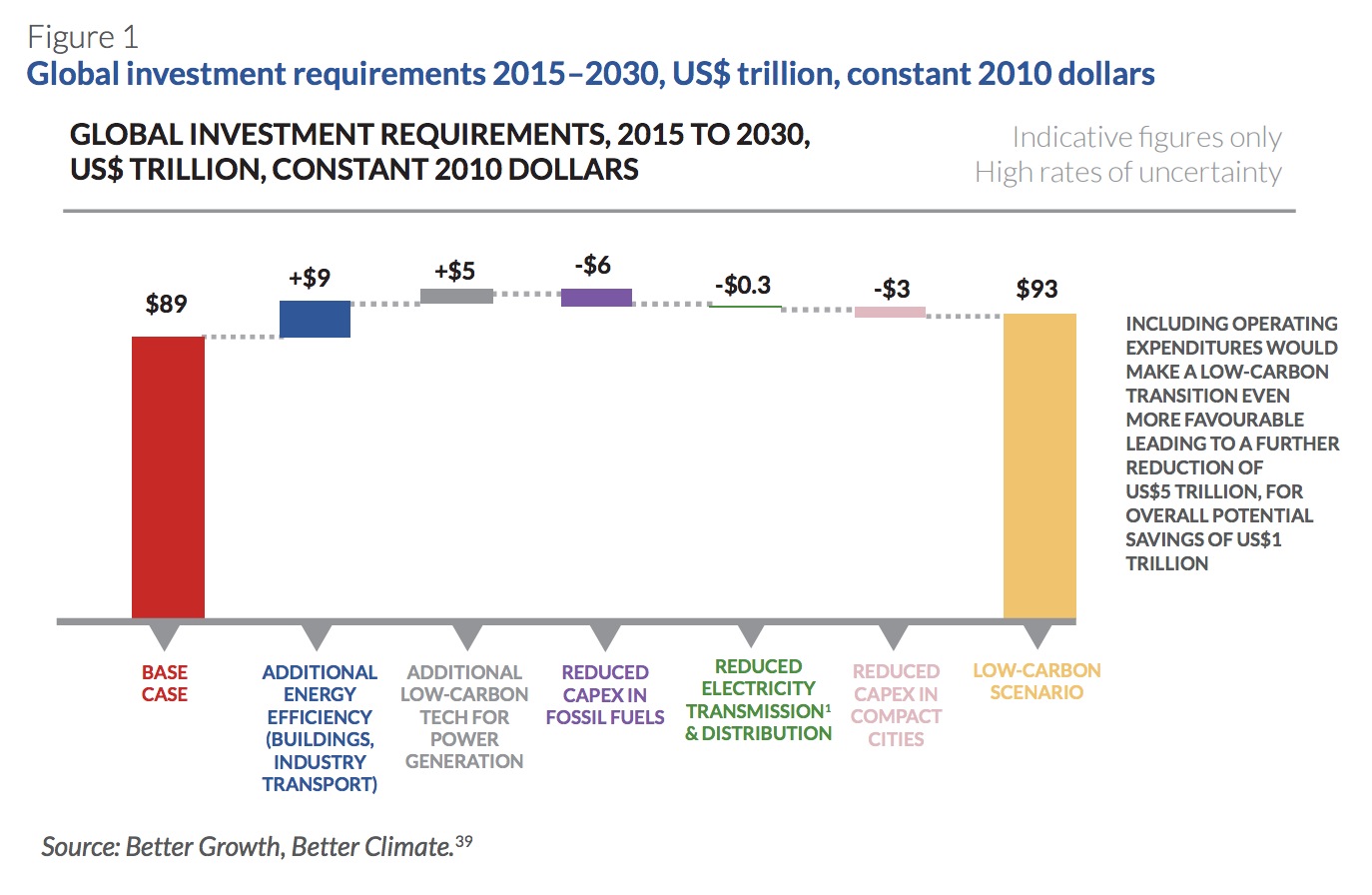
THE NEW CLIMATE ECONOMY
THE GLOBAL COMMISSION ON THE ECONOMY AND CLIMATE
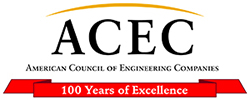

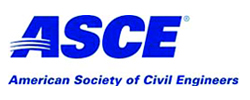




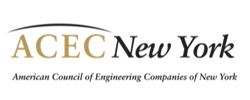
John Hennessy III,
P.E.
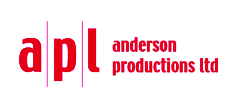
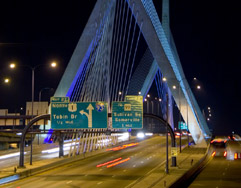
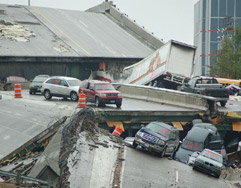

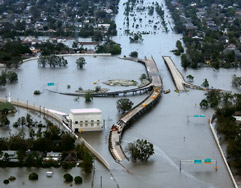
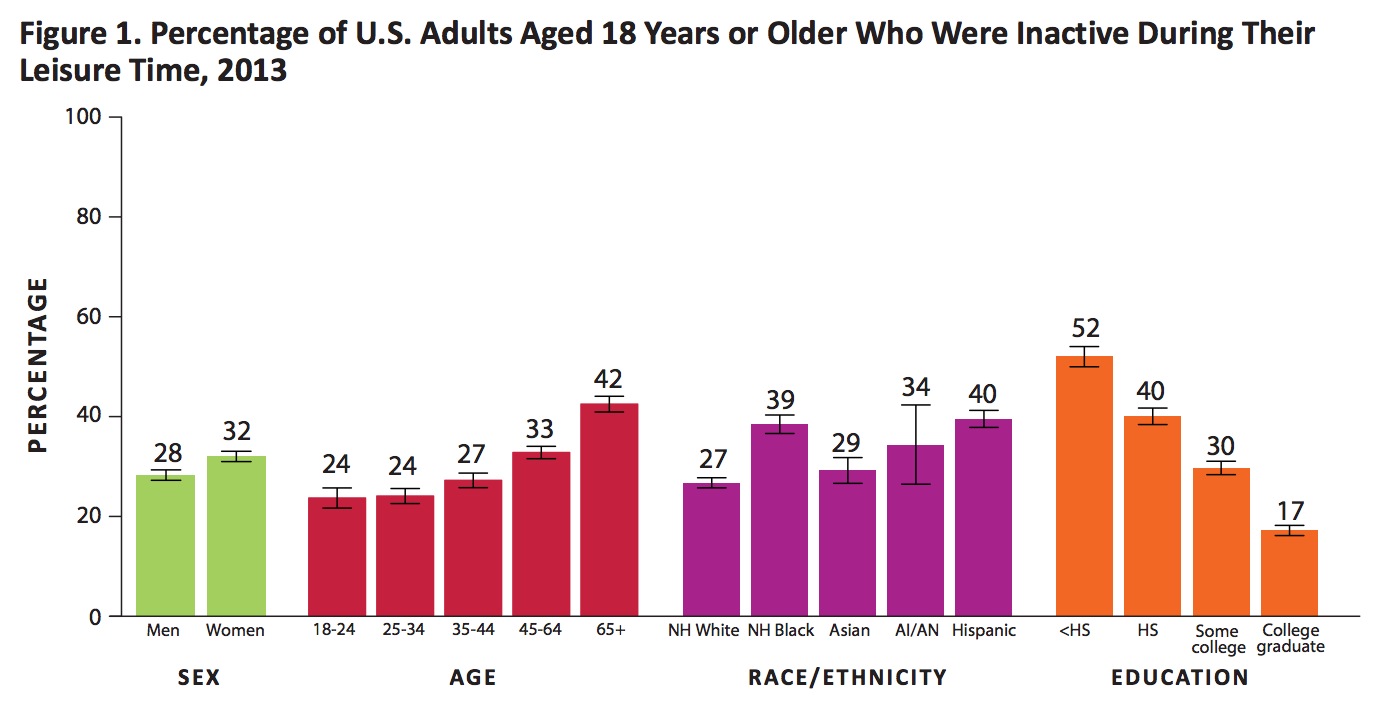
UNITED STATES DEPARTMENT OF HEALTH AND HUMAN SERVICES
To promote walking, community strategies can be implemented where people live, learn, work, and play. Places for walking can be designed and enhanced to improve their walkability. Improving walkability means that communities are created or enhanced to make it safe and easy to walk and that pedestrian activity is encouraged for all people.11 Improving the walkability of communities can benefit people of all abilities, including those who run, bike, skate, or use wheelchairs.

We’re a non-profit organization dedicated to improving blighted, urban neighborhoods in the greater Los Angeles area. Featuring music from Moby, Crystal Castles, Foxes in Fiction and Canyon Records. Produced and Directed by SLAQR.
View this complete post...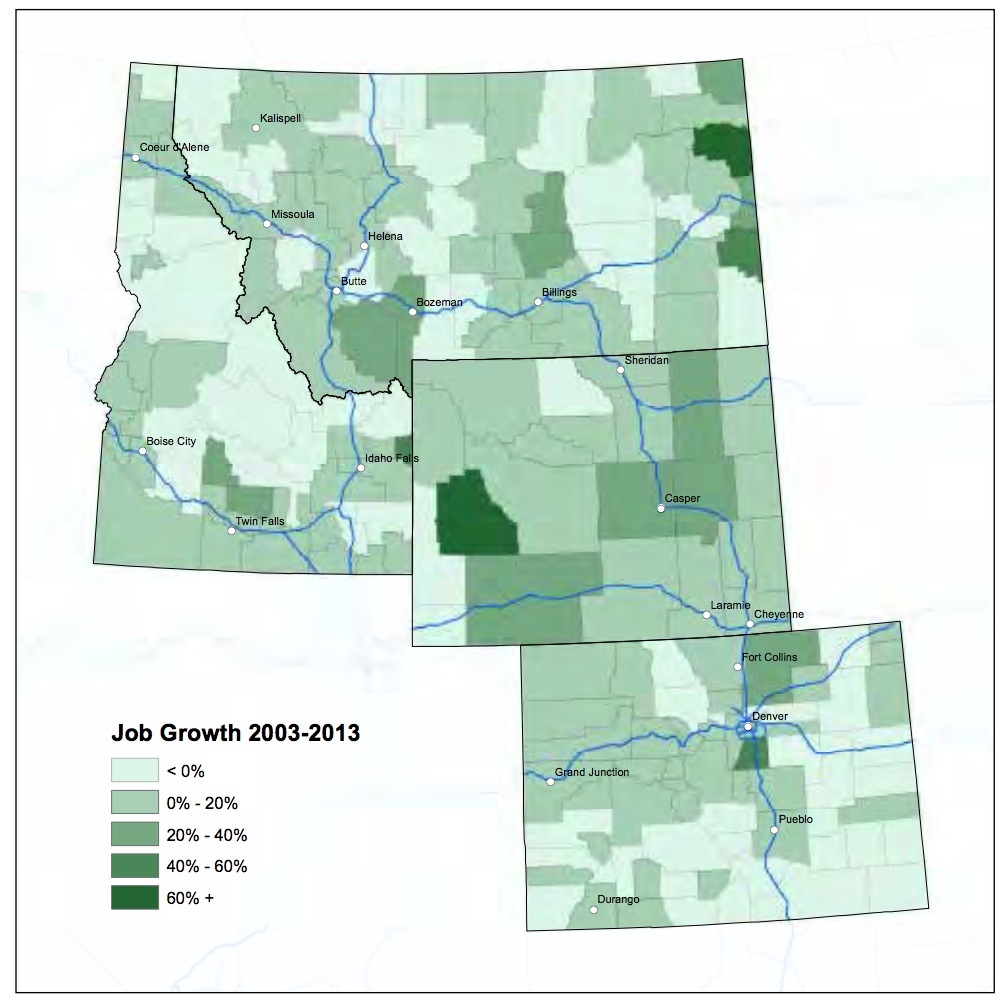
COMMUNITY BUILDERS
Place Value comes at a time when many communities are seeking new approaches to economic development that respond to changing market and fiscal realities. What people are seeking from their jobs and communities is also changing. A growing number of people prioritize quality of life over other factors, including employment opportunities, in decisions about where to live, work, or start a business. At the same time, today’s technology and the growth of knowledge-based industries allow people and businesses far greater flexibility in where they locate. Yet for many communities, particularly those with resort economies, high cost of living, long commutes and limited employment opportunities are barriers to attracting and retaining a talented workforce.
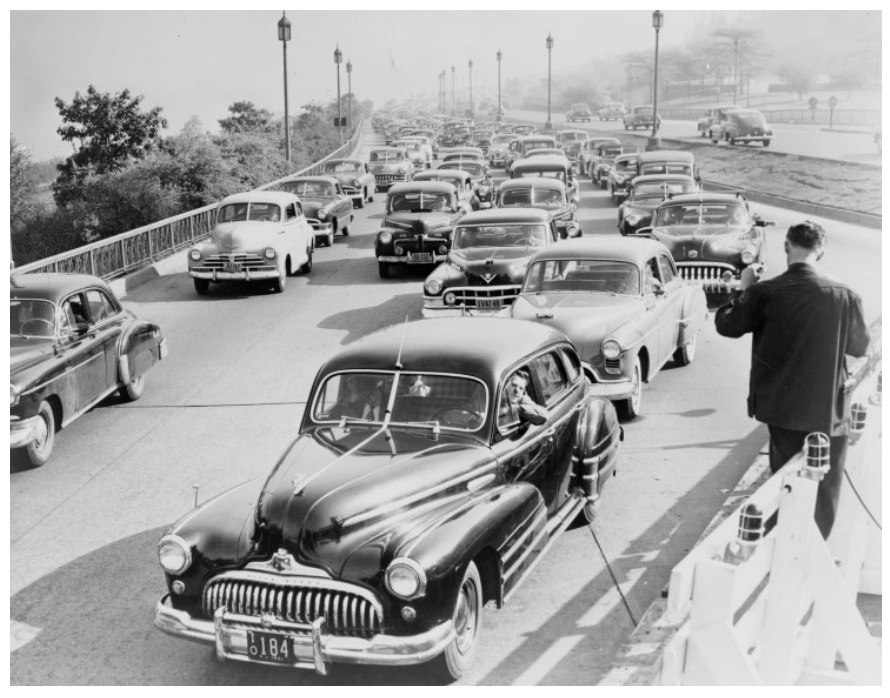
TRANSIT CENTER
Though much progress has been made in several cities, the human-oriented transportation changes examined here are not pervasive nationwide. Only a handful of cities have made lasting reforms that will stand the test of time, while the majority of federal and state transportation policies continue to support auto-oriented development. With the information here, we hope that more urban residents will take up the fight and continue to challenge the status quo and reclaim the streets that are the lifeblood of their cities.
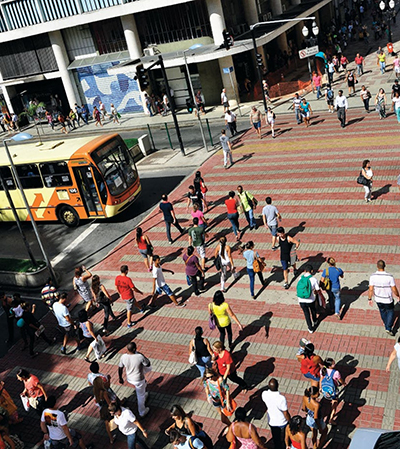
WORLD RESOURCES INSTITUTE
Many of the world’s cities can become safer, healthier places by changing the design of their streets and communities. Where public streets have been designed to serve primarily or even exclusively private motor vehicle traffic, they can be made immensely safer for all users if they are designed to effectively serve pedestrians, public transport users, bicyclists, and other public activity.
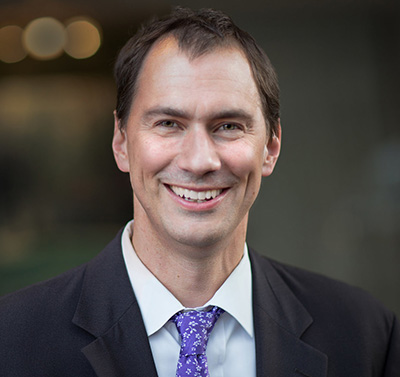
Geoffrey Anderson is the President and CEO of Smart Growth America. Named by Partners for Livable Communities as “One of the 100 Most Influential Leaders in Sustainable Community Planning and Development,” Geoff came to his current position after eight years heading the Smart Growth Program at the U.S. Environmental Protection Agency.
“It is amazing to see what local governments and states have done, and how much they have responded. Some of that is amazing in terms of their pro-activeness, and then some is less amazing because it’s become so desperate that they really had to do something, and unlike Congress, they didn’t have the luxury of kicking the issue off another two years without thinking about the longer term.”
View this complete post...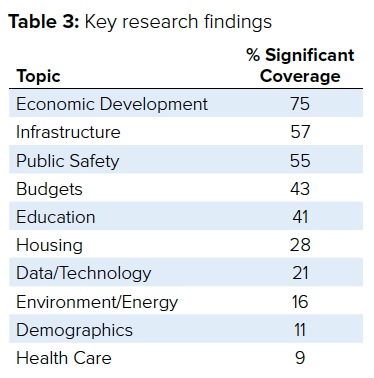
NATIONAL LEAGUE OF CITIES
Mayors are the leaders who shoulder many of our nation’s most critical problems and from whom solutions can arise. NLC stands ready to support city leaders in their efforts to help mend the nation, and through this annual analysis of mayoral priorities, spotlight challenges, opportunities, and progress in our cities. Whether through their roles in economic development, public safety or education, this year’s report highlights ways local governments are providing the leadership needed to create more equitable communities.

Stronger cooperation between governments, businesses, investors, cities and communities can drive economic growth in the emerging low-carbon economy.
View this complete post...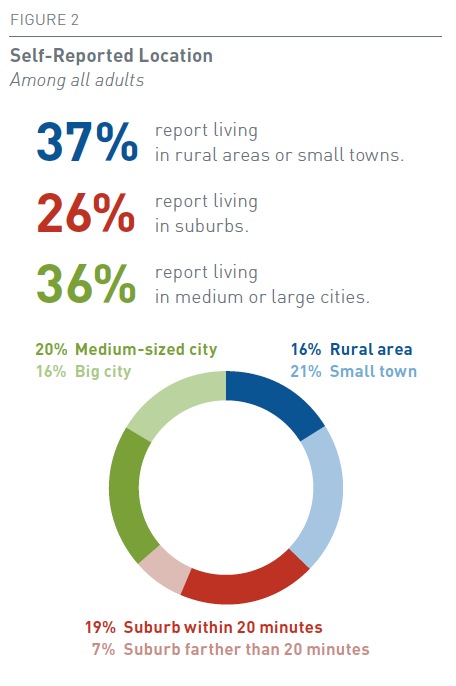
URBAN LAND INSTITUTE
In 2013, ULI published a national survey of Americans’ preferences and priorities regarding their communities, housing, and transportation. America in 2013 found that Americans were mostly satisfied with the quality of life in their communities and uncovered a strong desire for compact and mixed-use communities. America in 2015 expands upon the 2013 survey approach with new questions exploring priorities for and barriers around healthy communities and lifestyles.
Follow InfrastructureUSA
Video, stills and tales. Share images of the Infra in your community that demands attention. Post your ideas about national Infra issues. Go ahead. Show Us Your Infra! Upload and instantly share your message.
Is the administration moving fast enough on Infra issues? Are Americans prepared to pay more taxes for repairs? Should job creation be the guiding determination? Vote now!
What do the experts think? This is where the nation's public policy organizations, trade associations and think tanks weigh in with analysis on Infra issues. Tell them what you think. Ask questions. Share a different view.
The Infra Blog offers cutting edge perspective on a broad spectrum of Infra topics. Frequent updates and provocative posts highlight hot button topics -- essential ingredients of a national Infra dialogue.
It is encouraging to finally see clear signs of federal action to support a comprehensive US infrastructure investment plan.
Now more than ever, our advocacy is needed to keep stakeholders informed and connected, and to hold politicians to their promises to finally fix our nation’s ailing infrastructure.
We have already engaged nearly 280,000 users, and hoping to add many more as interest continues to grow.
We require your support in order to rise to this occasion, to make the most of this opportunity. Please consider making a tax-deductible donation to InfrastructureUSA.org.
Steve Anderson
Managing Director
SteveAnderson@InfrastructureUSA.org
917-940-7125